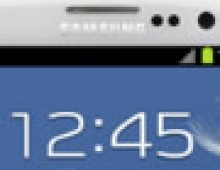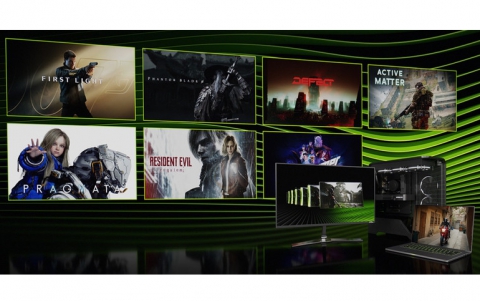
KDDI Develops Prototype Fuel-Cell Mobile Phones
KDDI, with partners Toshiba Corporation and Hitachi, Ltd., announced that prototype mobile phones powered with fuel cells will be exhibited at CEATEC JAPAN (Makuhari Messe), to take place from October 4.
KDDI had been in co-development with Toshiba and Hitachi since July, 2004 on
next-generation fuel cells for use in mobile devices such as cell-phones.
The fuel-cell mobile phone co-developed by Toshiba and KDDI is based on the au handset A5509T. The system used is a hybrid type, with power supplied by a compact fuel cell and fuel tank at the back of the handset, plus an internal lithium ion battery. It uses high-concentration methanol to achieve a battery capacity 2.5 times the conventional value with a single refill. This feature enables the handset to be used for a long time.
The fuel cell co-developed by Hitachi and KDDI is based on the au handset W32H. The system used is a hybrid type, with power supplied by a compact fuel cell on the side with the LCD sub-display, plus an internal lithium ion battery. The concept is "a fuel-cell handset of the near future," and this prototype is compact, about the same size as the original W32H. One feature is that, whenever the fuel cell's capacity becomes low, it can be easily refilled from a compact cartridge.
The fuel-cell mobile phone co-developed by Toshiba and KDDI is based on the au handset A5509T. The system used is a hybrid type, with power supplied by a compact fuel cell and fuel tank at the back of the handset, plus an internal lithium ion battery. It uses high-concentration methanol to achieve a battery capacity 2.5 times the conventional value with a single refill. This feature enables the handset to be used for a long time.
The fuel cell co-developed by Hitachi and KDDI is based on the au handset W32H. The system used is a hybrid type, with power supplied by a compact fuel cell on the side with the LCD sub-display, plus an internal lithium ion battery. The concept is "a fuel-cell handset of the near future," and this prototype is compact, about the same size as the original W32H. One feature is that, whenever the fuel cell's capacity becomes low, it can be easily refilled from a compact cartridge.




















